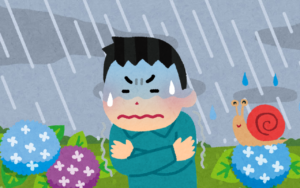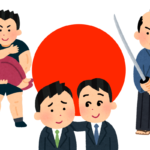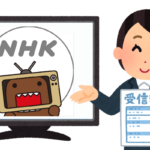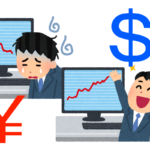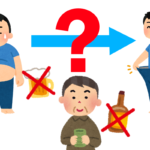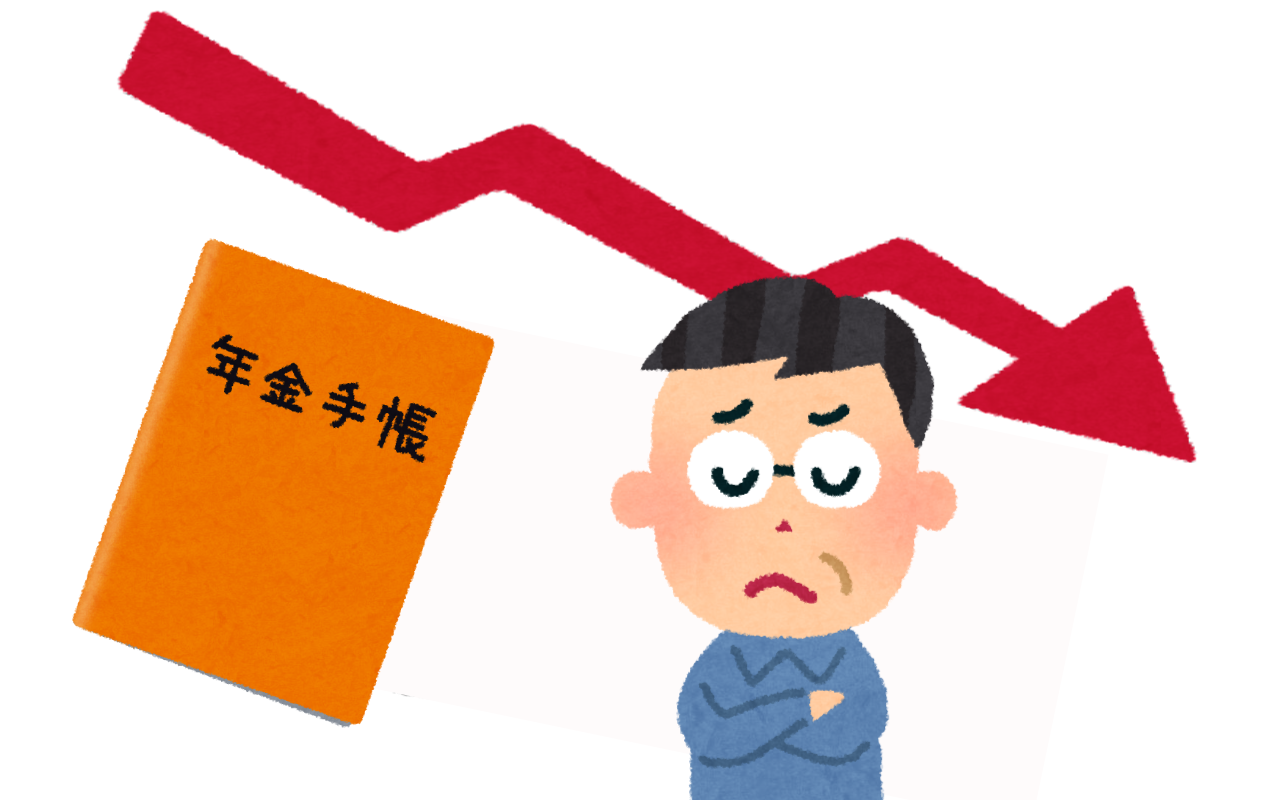
The day before yesterday, I received an e-mail from the Japan Pension Service. It is an e-mail informing me that I can check my pension revision notice and pension transfer notice from their website.
I immediately logged in and checked.
Although we were aware that the pension amount for the current fiscal year (April to March of the following year) would be reduced by 0.4%, we were disappointed to see the pension revision notice with the actual reduction.
In addition, in June and August, the same amount of long-term care insurance premiums as the previous year were collected provisionally, which further reduced the amount of take-home pay.
Since he is still working as a salaried employee, he pays employee pension premiums. Subtracting this, his pension income is calculated to be more than 20,000 yen less per month. As long as he is working, he will be forced to pay employee pension premiums until he turns 70.
The pension will increase as premiums are paid, but if the reduction continues, as it did this time, the actual amount of increase will not be known.
Pensions are reduced even as prices rise because of a system called macro-adjusted indexing.
Without going into details, this is a system to adjust the balance between future pension payments and premium income to prevent the financial collapse of the pension system. According to the Ministry of Health, Labor, and Welfare (MHLW) website, this adjustment is made to "adjust the growth of pension payments so that the pension system will have a reserve fund equal to one year's worth of pension benefit costs in about 100 years' time.
This means that if the number of pensioners increases and premium income does not grow in relation to the amount paid, the pension will be reduced.
The number of old-age pensioners is increasing by less than 400,000 each year. Although the number of new people turning 65 will decrease in the next few years, the working population will also decrease, so the pension reduction is certain to continue for the foreseeable future.
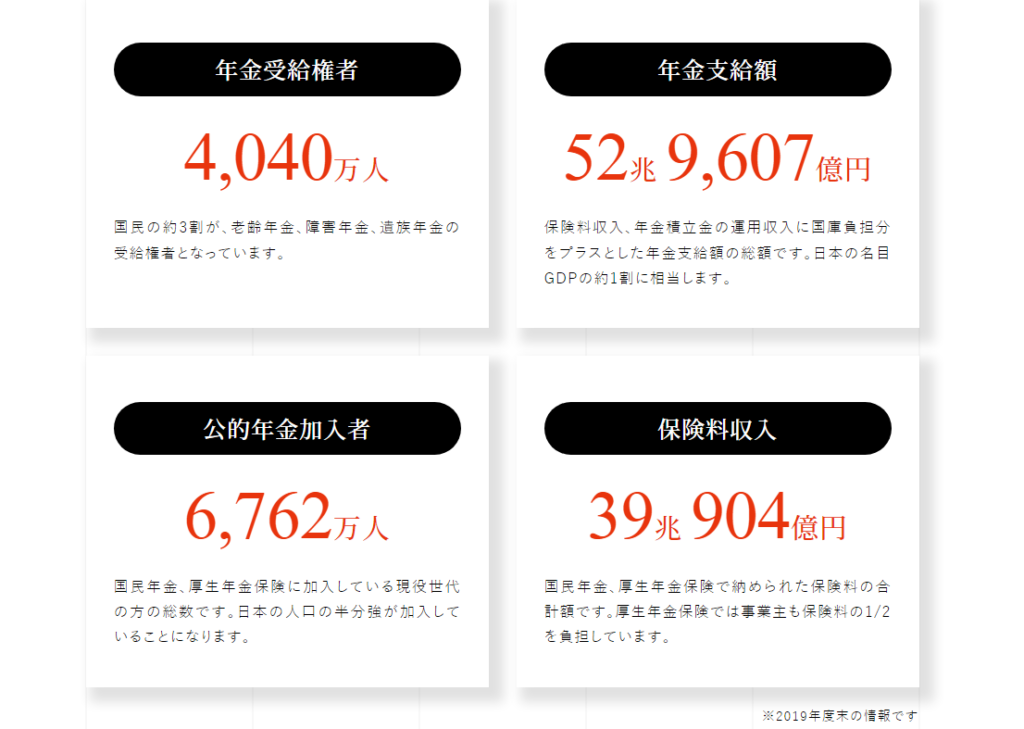
The numbers above are data for pensions for the 2019 fiscal year. Dividing the number of pensioners by the number of pensioners (active workers who pay pension premiums) yields 59.7%. I believe that many of the pensioners are pension premium payers like myself, so roughly two active workers support one pensioner.
In 20 years, when the so-called junior baby boomers (currently in their 40s) become elderly, one active worker will support one pensioner if the current population structure is maintained.
The starting age for pension payments will also be raised from the current 65 to about 75. Even so, it is said that pension payments will be reduced to about 60% of the current level.
Compared to that, a 0.4% reduction is cute. That said, the amount of money saved for the country as a whole is 211.8 billion yen, which is not a small amount.
The government may think it saved ¥211.8 billion, but that is how much less money went to consumption.
People are very sensitive to losses. Even if it is only 0.4%, the psychological loss is felt many times over. Moreover, if they think that their pensions will be reduced in the future, their purse strings will tighten.
Now, what shall I save for the reduced take-home pay?
